Tristan da Cunha is a volcanic island in the middle of the Atlantic Ocean lying 2,816 kilometers from the nearest land, South Africa, and 3,360 kilometers from South America. ‘Edinburgh of the Seven Seas’, the main settlement of the island, is regarded as the most remote permanent settlement in the world, being over 2,400 kilometers from the nearest human settlement, on Saint Helena.
The island is roughly circular in shape with an average diameter of 11 kilometers and a total area of 98 square kilometers. The island is mostly mountainous - the only flat area is the location of the capital, Edinburgh of the Seven Seas, on the northwest coast. There is a volcano named Queen Mary's Peak, which erupted in 1961 forcing almost the entire population to abandon the settlement and move to the UK. The islanders, however, returned in 1963 and the settlement was rebuilt. Narrow valleys or gulches radiate from the central peak which remain snow covered in winter. During the wet season the steep valleys become fast running torrents washing minerals down from the slopes, to the regions below. On the northwestern plain, the deposits has formed green fields where the islanders grow their potatoes.
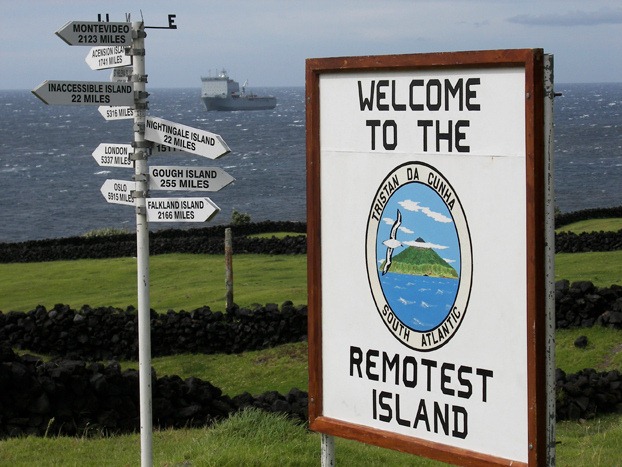
The remote location of the islands makes transport to the outside world difficult. Lacking an airport, the islands can be reached only by sea. Although passing fishing boats from South Africa regularly service the islands, the RMS Saint Helena visits the island once each year during its February voyage between Cape Town and Saint Helena.
The islands were first sighted in 1506 by Portuguese explorer Tristão da Cunha but rough seas prevented a landing. He named the main island after himself, Ilha de Tristão da Cunha, which was later anglicised to Tristan da Cunha Island. It took another 140 years before the first human set foot on the island. The first recorded landing was made in 1643 by the crew of the Heemstede. Another 120 years later, in 1767, the first survey of the archipelago was made by the French frigate L'Heure du Berger, and the reports of the findings were published in 1781. 30 years later the first permanent settler had arrived. His good name was Jonathan Lambert and he sailed all the way from Salem, Massachusetts, United States. He declared the islands his property and named them the Islands of Refreshment. Lambert's rule was short-lived, though, as he died in a boating accident just two years later in 1812.
Today the island has a population of only 264 people, as of 2007, and they share only eight surnames among them. The current population is thought to have descended from 15 ancestors, eight males and seven females, who arrived on the island at various times between 1816 and 1908. All of the residents are farmers and they own their own stock. No family own personal property on this island - all land is communally owned. There are even various measures in place to prevent better off families from gaining excess wealth!
The Settlement of Edinburgh has a district air of yesteryear about it, although it has all the modern conveniences of mains water, electricity and sanitation. Health care is free, but there is just one resident doctor from South Africa and only five nurses. There is a small but interesting museum, one school, a craft shop, a swimming pool and a radio-station. There are old style local shops, and a large supermarket.
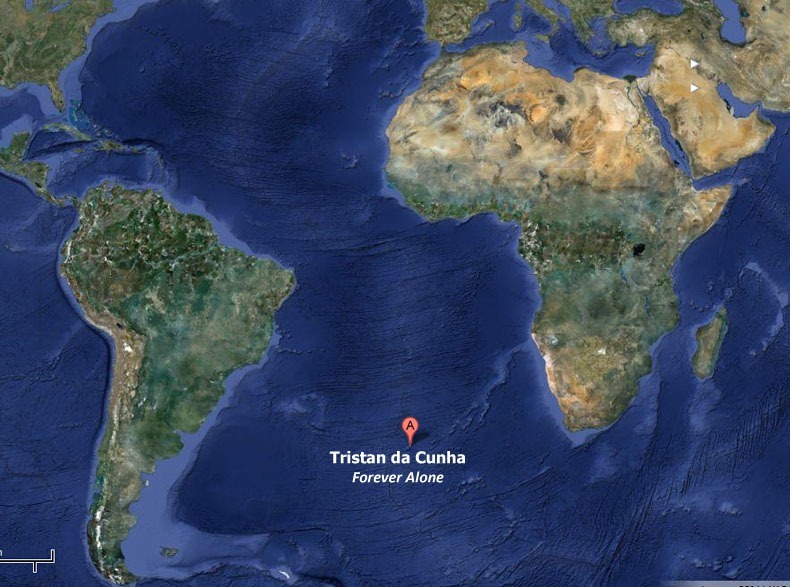

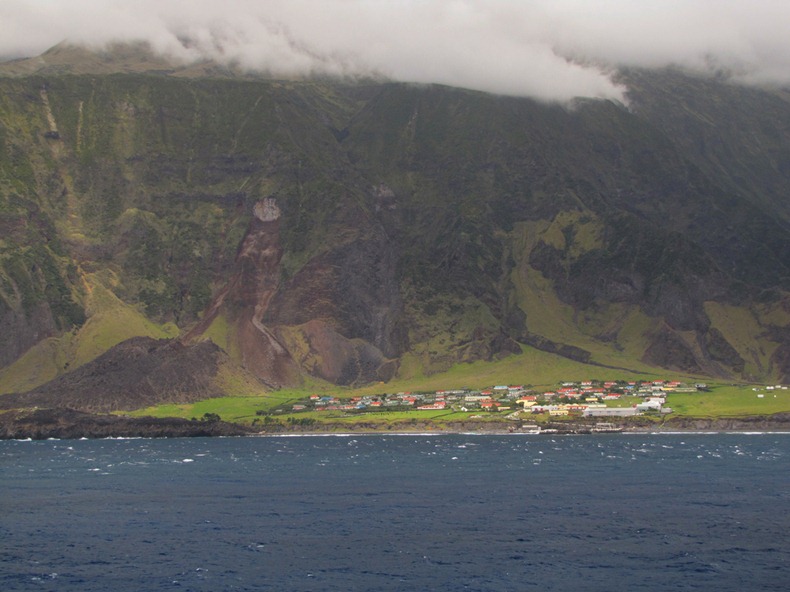
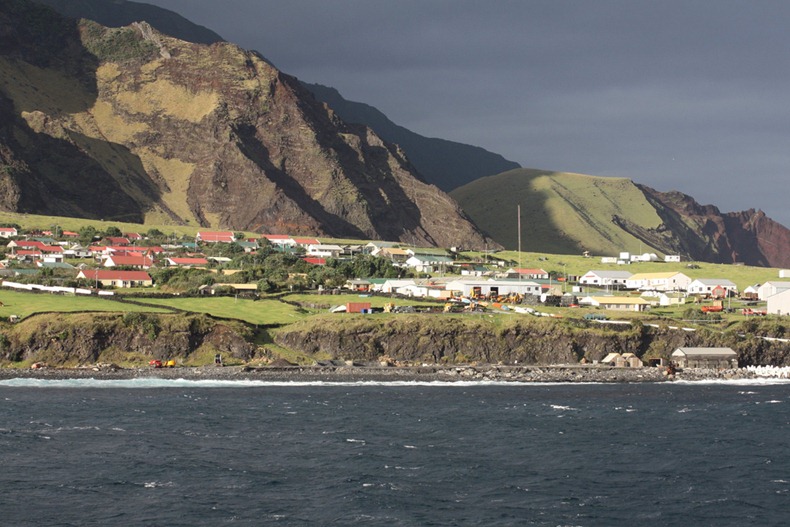
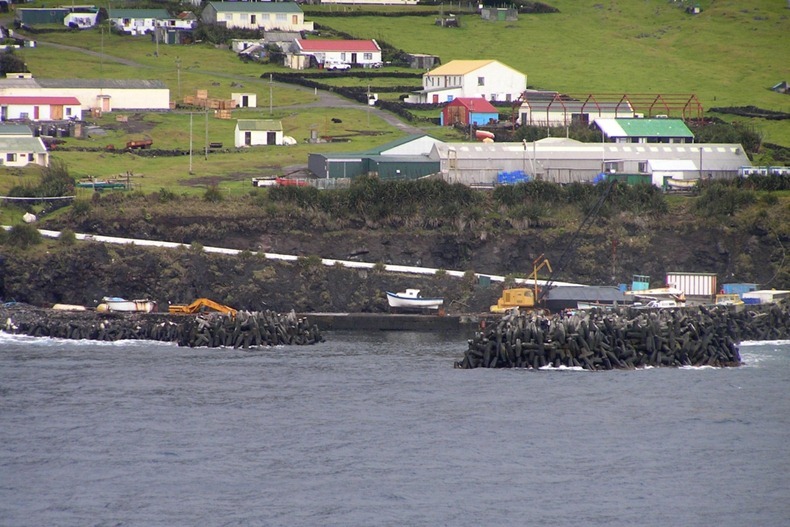
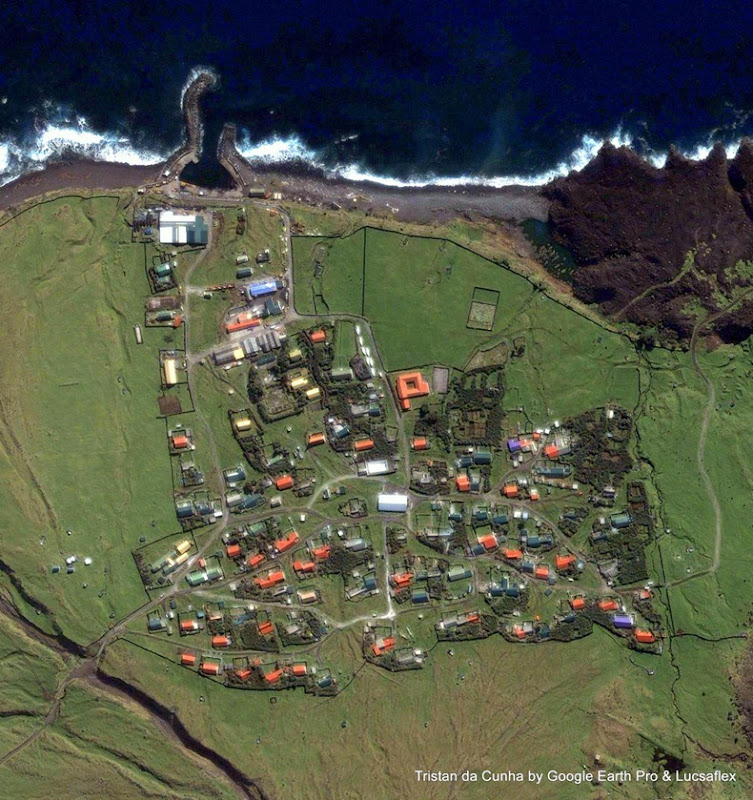
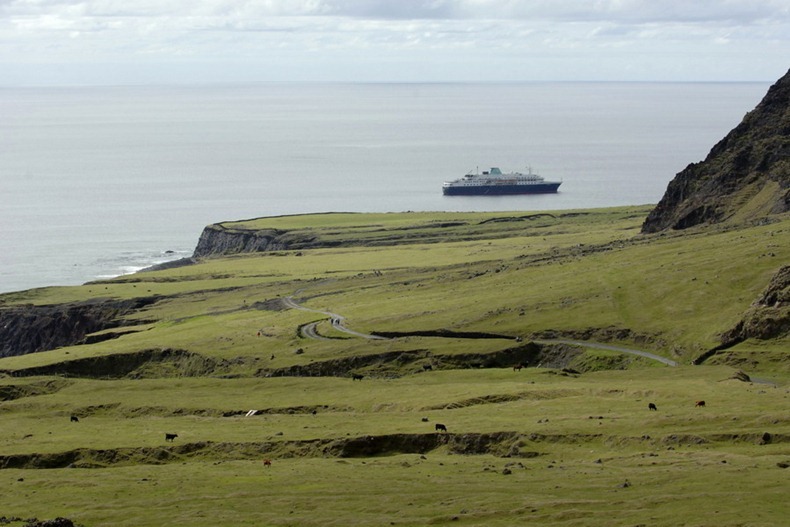
View more pictures of the island on this Flickr set.
Official website: www.tristandacunha.org



Actually, 7 men arrived first and invited 7 women looking for husbands to come and marry them. So as to avoid problems, they agreed to stand lined up as the women arrived and the 1st woman off the boat stood in front of the 1st man and so forth down the line! 1 more person moved there later when someone died. As a result, the island population shows a high incidence of certain genetic diseases and serves as a medical study subject.
ReplyDeleteMore: the island belonging to Britain, citizens are not provided with free internet or television unlike Greenland where Danemark ensures that everyone has TV and internet for free. So there is only 1 dish which people shares costs of, and there's a town movie room where TV is watched as communal entertainment. I know that the only journalist on the island (who can't spell in spite of being college educated in S. Africa!) has her own internet which she pays $300+ for, per year.
ReplyDelete